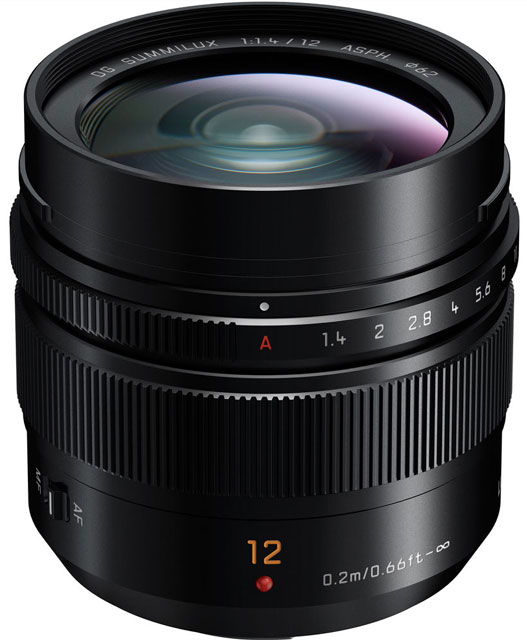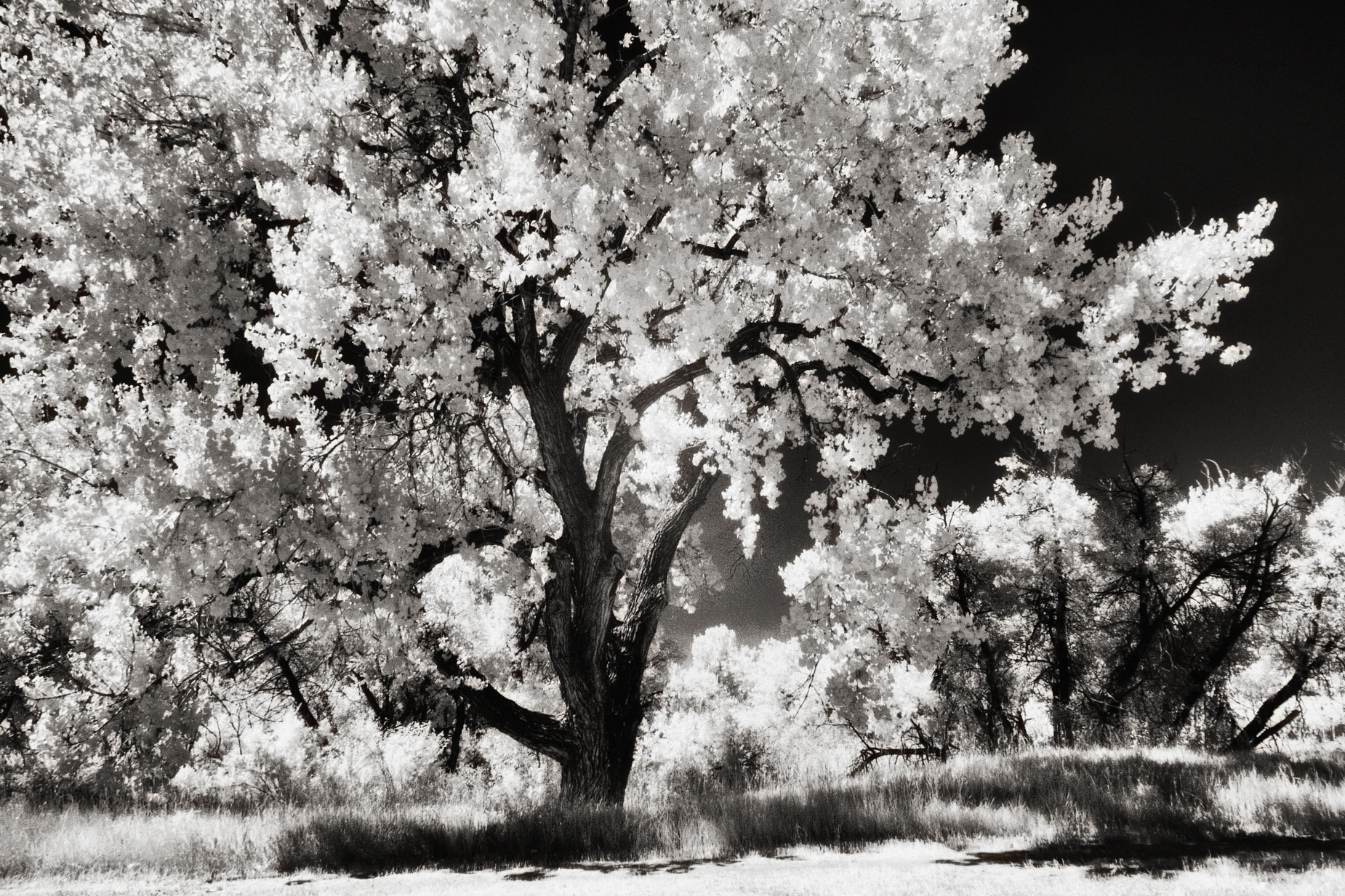Today’s Post by Joe Farace
“Landscape photography is the supreme test of the photographer and often the supreme disappointment.” – Ansel Adams
 Everybody who shoots infrared photography has a different perspective on this genre. That’s what makes shooting IR so much fun. My pal Barry Staver who recently did a PhotoWalk with me at Denver’s Hudson Gardens used different cameras and lenses than I did. Even his Panasonic Lumix GH4 had a different Life Pixel conversion than my two Lumix cameras so his images will always look different than mine too.
Everybody who shoots infrared photography has a different perspective on this genre. That’s what makes shooting IR so much fun. My pal Barry Staver who recently did a PhotoWalk with me at Denver’s Hudson Gardens used different cameras and lenses than I did. Even his Panasonic Lumix GH4 had a different Life Pixel conversion than my two Lumix cameras so his images will always look different than mine too.
The Infrared Perspective
Because of the kind of infrared images I like to make, I prefer wide-angle lenses because I think they have more impact than those shot with longer or even “normal” focal length lenses. (Hey, maybe I’m wrong.) That was one of the points I made in my examination of lens sharpness for my post, Not the Sharpest Knife in the Drawer. In it I said, “…I noticed that the manual focus Rokinon 12mm f/2 NCS CS lens is available (used) for a little over one hundred bucks…” But what about the 12mm Panasonic Leica DG Summilux f/1.4 ASPH lens? This is, not surprisingly, a beautifully crafted lens and I guess it should be for $1100 and change.
Not only is noon the best time to shoot infrared photographs but because the sun is directly above, flare is usually less of a problem when shooting with wide-angle lenses. If you’ve shot infrared away from the prime-time IR hours, you know that hot spots and flare can be an issue. Alas the nicely made lens hood that Panasonic includes with the lens is not much help.
A few words about Infrared Hot Spots: All photographs lenses are designed and optimized for the visible range of light. This applies to sharpness and lens coatings that are designed to protect against ghost images in backlighting with the most common problem is probably the infrared hot spot, which the featured image originally exhibited. Stopping down to small apertures can cause a hot spot but infrared light is much more likely to be affected by diffraction that’s also caused by shooting at smaller apertures.

How I made this shot: When I received the lens (on loan) it was late fall and about the same time when the Wood Effect was beginning to fade for the year. One of my favorite trees at McCabe Meadows already had a number of leaves wilting and falling off. If I didn’t shoot infrared in the Meadows now, later on will be too late. This is a good tip no matter what kind of photography you do: Don’t think about it, shoot it now.
When I was making these images, even close to noon MDT, flare kept creeping in and for some of the shots I had to use my hand to shade the front element of the lens. The camera used was a Panasonic Lumix G6 with Life Pixel’s Enhanced IR Conversion. Th exposure was 1/125 at f/16 and ISO 400. With the 12mm Summilux mounted on the lightweight (less than 14 oz) Lumix G6 the balance was surprisingly good.
To create the above image, the RAW file was slightly tweaked in Adobe Camera RAW before using PhotoKit’s Burn function to tone down a hot spot near the center of the image. The image was converted to monochrome using Silver Efex with their Full Spectrum preset and some further tweaking of the sliders. I finished up with PhotoKit to add a Platinum tone before applying Glamour Glow from Color Efex for some infrared magic.
I also used the lens with my Olympus E-M10 Mark I to photograph cars at a Cars & Coffee even and on that particular camera the 12mm Panasonic Leica DG Summilux f/1.4 ASPH lens didn’t feel as balanced, even though I was using Oly’s grip, which adds a tiny bit of heft to the camera. The lens felt more balanced on the Lumix, yet looked awesome on the E-M10.
 I’ve found that Life Pixel does a great job with IR conversions and they’ve done most of the conversions for my Canon DSLRs and all of my Panasonic Lumix G-series cameras. This is not a paid or sponsored endorsement, just my experience.
I’ve found that Life Pixel does a great job with IR conversions and they’ve done most of the conversions for my Canon DSLRs and all of my Panasonic Lumix G-series cameras. This is not a paid or sponsored endorsement, just my experience.
Used copies of my book, The Complete Guide to Digital Infrared Photography are currently available new from Amazon for $33.66 or used copies for less than four bucks, as I write this. Creative Digital Monochrome Effects has a chapter on IR photography and new copies are available from Amazon for $16.16 with used copies starting at less than three bucks, which is a heckuva deal